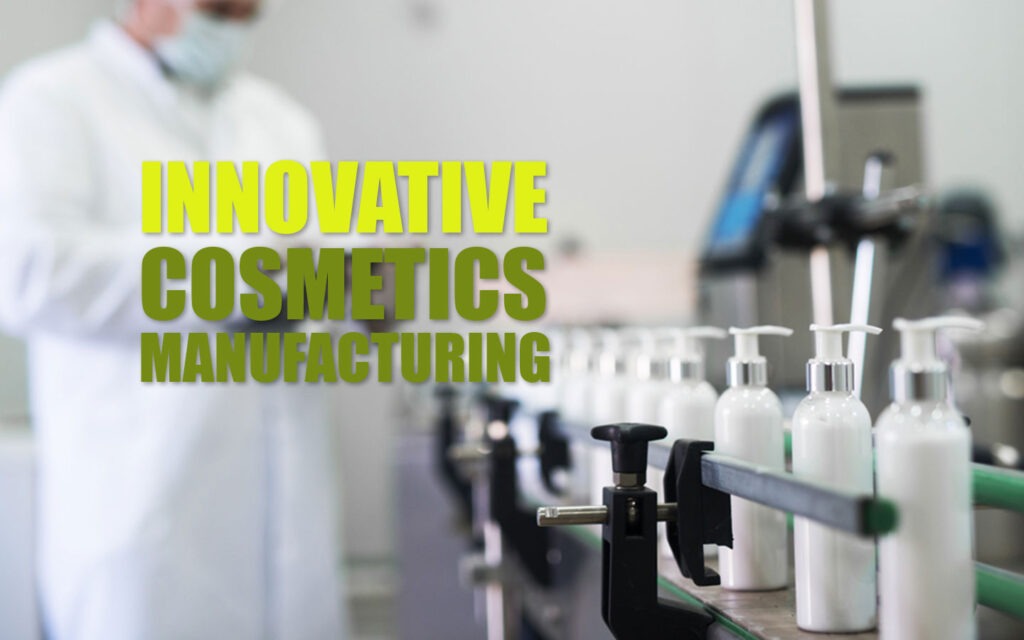
In the ever-evolving world of cosmetics manufacturing, innovation is the driving force behind product development, efficiency and sustainability. Over the years, the industry has witnessed notable advancements in manufacturing techniques that have revolutionized the way cosmetics are formulated, produced and packaged. From nanoemulsification to 3D printing, these innovative methods are reshaping the beauty manufacturing landscape, offering unprecedented opportunities for brands to create more effective, customizable and environmentally friendly products. This article explores some of the most innovative techniques that are driving the cosmetics manufacturing industry into the future.
Nanoemulsification
Nanoemulsification has become a game-changer in cosmetics manufacturing, offering superior stability, efficacy and penetration of active ingredients. By reducing particle size to nanometer dimensions, emulsions become more homogeneous, which improves product performance. This technique allows the formulation of lightweight, quickly absorbed products that provide specific benefits to the skin. Additionally, nanoemulsions can encapsulate hydrophobic and hydrophilic ingredients, allowing the creation of multifunctional formulations with increased shelf life and bioavailability.
Microencapsulation
Microencapsulation has revolutionized the delivery of active ingredients in cosmetics, providing controlled release and prolonged efficacy. By encapsulating actives within microscopic spheres, manufacturers can protect sensitive ingredients from degradation, oxidation, and premature release. This technique is particularly valuable for volatile compounds, such as fragrances and vitamins, which are prone to degrading in traditional formulations. Microencapsulated ingredients offer improved stability, enabling the development of long-lasting products with sustained skin benefits.
3d print
3D printing has become a disruptive technology in cosmetics manufacturing, enabling on-demand production of personalized products with complex designs and formulations. From personalized skincare to bespoke makeup, 3D printing offers unparalleled flexibility and creativity in product development. Brands can tailor formulations to meet individual preferences, skin types and concerns, offering consumers a truly personalized beauty experience. Additionally, 3D printing reduces waste and inventory costs by producing only what is needed, minimizing environmental impact and maximizing efficiency.
green chemistry
Green chemistry principles are increasingly being integrated into cosmetics manufacturing, promoting the use of sustainable raw materials, processes and packaging. From natural ingredients to biodegradable formulations, brands are prioritizing eco-friendly alternatives that minimize harm to the environment and human health. Green chemistry techniques, such as solvent-free extraction and renewable energy sources, are reducing the carbon footprint and waste generation throughout the supply chain. Additionally, biodegradable and recyclable packaging solutions are gaining ground, further reducing the industry's environmental impact.
Advanced analysis
Advanced analytics, including artificial intelligence and machine learning, are transforming cosmetics manufacturing by optimizing formulations, predicting consumer trends, and improving product performance. By analyzing large amounts of data, manufacturers can identify correlations between ingredients, efficacy, and consumer preferences, leading to more informed decision making. AI-powered algorithms can also optimize product development processes, accelerating time to market and reducing costs. Additionally, predictive analytics allows brands to anticipate market demands and adapt their offerings accordingly, ensuring continued relevance and competitiveness.
Conclusion
Innovative techniques are revolutionizing the cosmetics manufacturing industry, offering unprecedented opportunities for brands to create products that are more effective, customizable and sustainable. From nanoemulsification to 3D printing, these advances are reshaping the way cosmetics are formulated, produced and packaged, driving innovation and growth in the beauty sector. By adopting these cutting-edge technologies and principles, manufacturers can meet the changing needs of consumers while minimizing their environmental footprint and maximizing efficiency. As the industry continues to evolve, innovation will continue to be a cornerstone of cosmetics manufacturing, driving progress and pushing boundaries in the pursuit of beauty.


